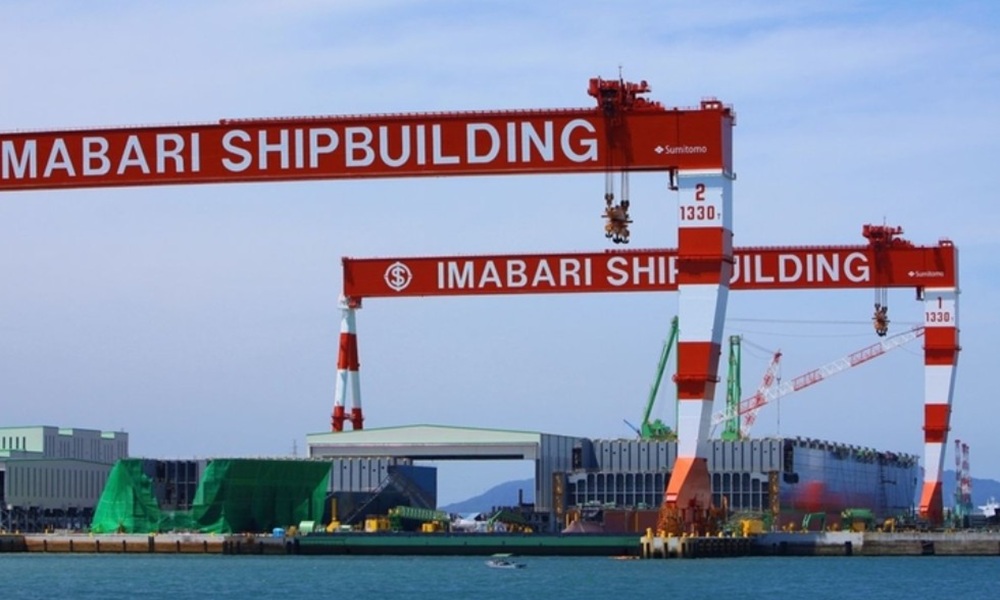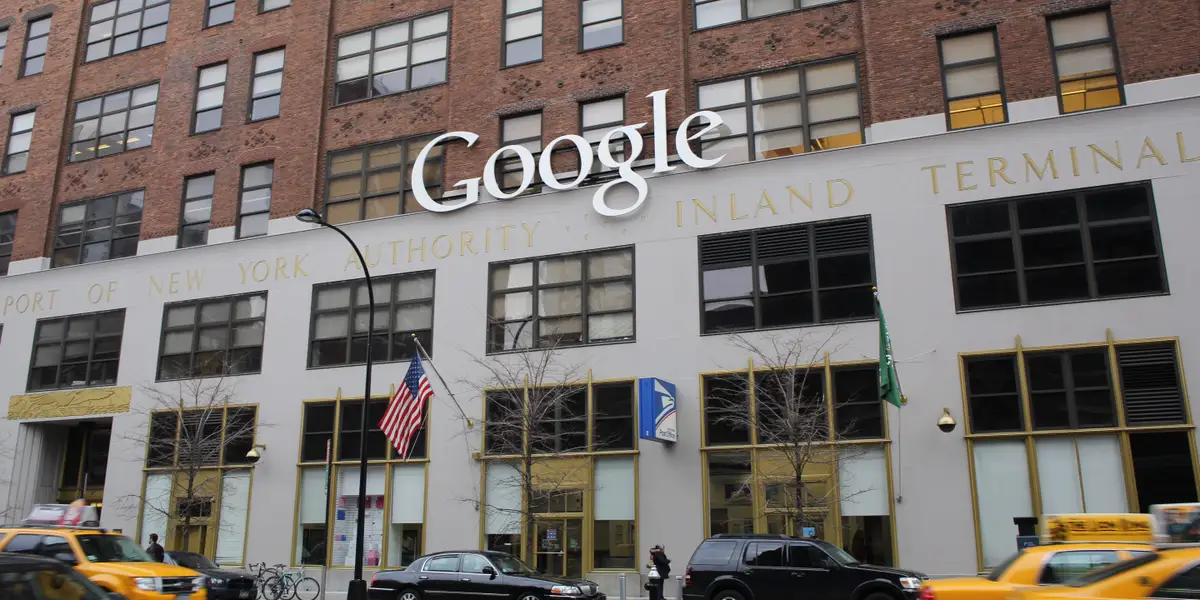Copyright splash247

Japan’s shipbuilders are mounting their most ambitious modernisation drive in decades, seeking a ¥350bn ($2.3bn) government-backed injection to double national shipbuilding output within 10 years. The plan, unveiled on Wednesday by the Shipbuilders’ Association of Japan (SAJ) ahead of a meeting with the ruling Liberal Democratic Party (LDP), brings together 17 domestic companies including industry heavyweight Imabari Shipbuilding. According to details reported by Nikkei Asia, the ¥350bn investment will be used to modernise ageing yards, boost automation, and expand capacity across multiple sites nationwide. The initiative forms part of a larger ¥1trn ($6.6bn) state-led fund being prepared by Tokyo to revitalise Japan’s maritime industrial base, and try to snare some American business as part of US president Donald Trump’s bid to create alternative shipbuilding outputs to China. SAJ chairman and Imabari president Yukito Higaki said Japan’s shipbuilders must act decisively to remain globally competitive against South Korea and China, which have pulled far ahead in commercial newbuilding volumes and LNG carrier construction. Without new facilities and digital upgrades, Japan risks losing its remaining global standing in shipbuilding, Higaki warned, adding that the investment drive aims to restore Japan’s share of the global orderbook and support national decarbonisation goals. The 17 SAJ member companies plan to raise the initial ¥350bn through loans and internal funding, though they acknowledge limited capacity to finance the remainder of the ¥1trn framework without state support. If approved, the plan would represent Japan’s largest coordinated shipbuilding investment since the 1980s, aligning with government ambitions to strengthen economic security and energy resilience through a revitalised maritime industry. For decades, Japan commanded a dominant position in shipbuilding, accounting for nearly 50% of global output in the 1990s. However, intense price competition, coupled with substantial state subsidies and economies of scale enjoyed by Chinese and South Korean yards, led to a sharp decline. Today, Japan’s global market share has plummeted to roughly 10%, trailing far behind China (70% of newbuild capacity) and South Korea. Despite the resolve, significant hurdles remain. Fierce price competition from heavily subsidised Chinese and South Korean yards continues to be a major challenge. Danish Ship Finance warns that unless Japanese shipyards secure a substantial wave of new orders, average capacity utilisation rates could plummet from 50% this year to a mere 20% by 2027, threatening both industrial output and the retention of skilled workers. Structural factors like an ageing workforce, limited coastal land for new facilities, and the slower pace of policy reform compared to rapid technological advancements also pose constraints.



